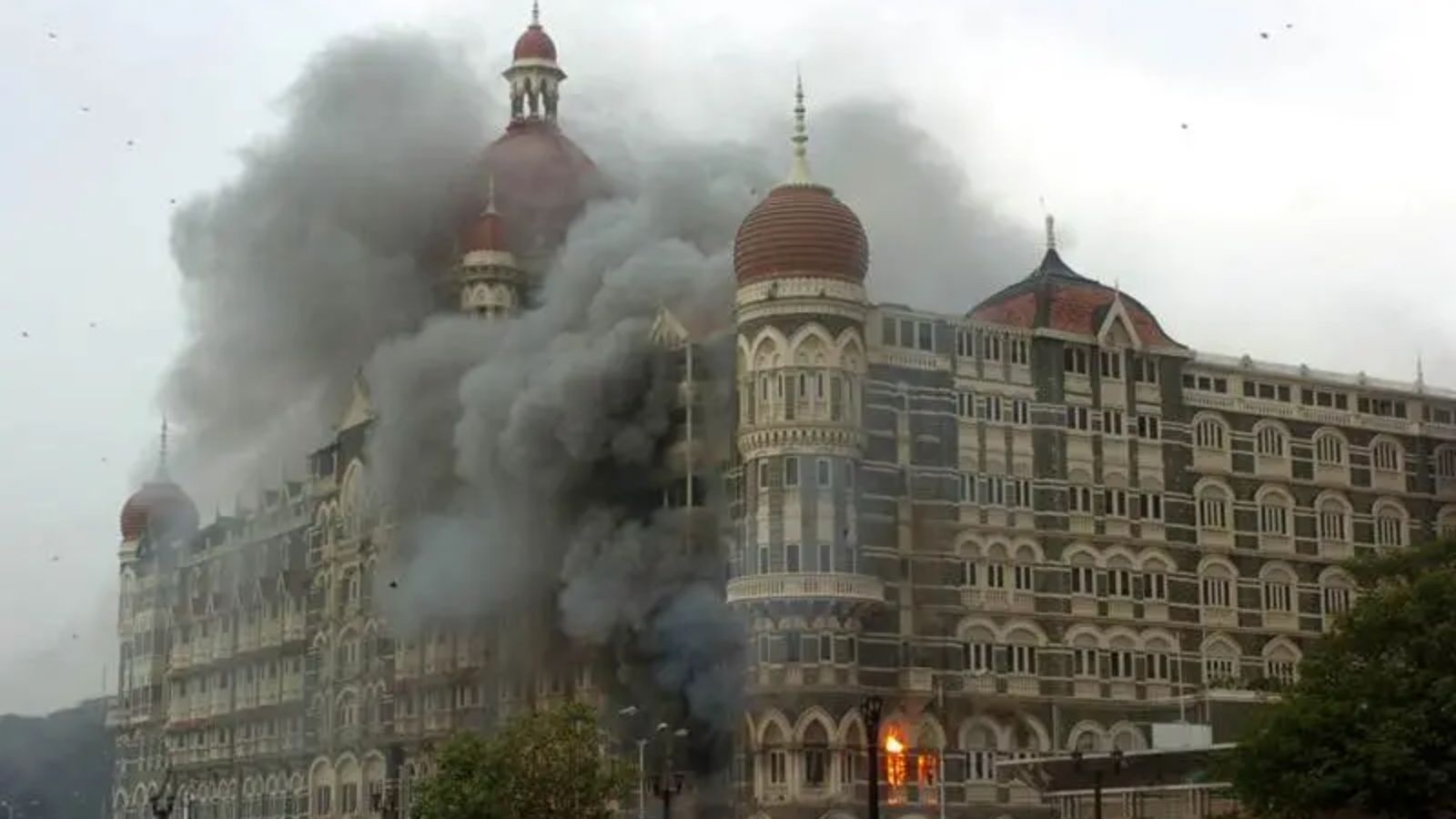Anniversaries like that of the Mumbai terror attacks on November 26, 2008 (26/11), should be occasions to look back on the original institutional mistakes that had led to the ghastly tragedy rather than merely paying ritualistic homage to those killed. That is the only way we can improve our security architecture to protect society by catching up with or overtaking the innovative trends in terrorism.
The first mistake was ignoring a series of 16 advance intelligence alerts indicating a strong possibility that Mumbai would be targeted. The first alert on August 7, 2006, indicated that Lashkar-e-Taiba (LeT) was preparing sea-borne teams to attack Mumbai’s vital installations by August 20 that year. A series of alerts till October 11, 2008, indicated the possibility of “fedayeen” strikes on multiple targets, including luxury hotels in Mumbai.
True, the attack on August 20, 2006, did not materialise. It is also correct that prior alerts do fail to materialise in many such cases all over the world. However, that does not entitle the supervisory authorities to the luxury of ignoring threats to public lives by not setting up effective preventive mechanisms that can defeat the possibility of such incidents, especially when they receive a constant flow of such warnings, as was the case here.
Compared to this, the US Department of Homeland Security (DHS) proactively prepared their “Small Vessel Security Strategy” in April 2008 on receipt of intelligence about al-Qaeda’s plans of using any of the 17 million small boats around America’s 1,53,646 km-long coastline. When 26/11 took place, they activated this defence plan thinking that it would be a dress rehearsal for a similar attack on the US.
The second mistake was the failure of the Maharashtra Home Department — which had statutory responsibility of “superintendence” of the police under Section 4 of The Bombay Police Act — to call a high-level meeting with the Coast Guard and Navy to organise effective coastal patrolling, especially when the arms and ammunition for the 1993 Bombay bombing, which killed nearly 257, had come through the sea.
The third failure arose due to a practice in the Maharashtra Secretariat called “Desk Officer System” which was set up in the 1970s with the good intention of cutting down the “red tape”. In due course, this system gave rise to a routinised practice where central agencies’ alerts were handled only at the lower levels. The latter merely copied such alerts to the concerned police officers “for necessary action” without the knowledge of the senior-most Home Department officials. As a result, the two senior-most officers gave in writing to the 26/11 enquiry committee that they did not receive any such alerts, which we felt was “a shocking revelation”.
It may not be out of place to mention that this writer too had a similar experience with the “Desk Officer System”. On June 28, 2004, I had sent a proposal to the then Maharashtra chief minister, Sushil Kumar Shinde, to raise a corps of “Maharashtra State Industrial Security Force” to relieve the police from mundane security duties to permit them to concentrate on their primary job of crime prevention and law-and-order duties. Having worked in a central agency for long, I knew the resource crunch our state police were working under when facing terrorism emanating from abroad.
CM Shinde promptly acknowledged the suggestion on July 5, 2004, with the assurance that my proposal would be examined. However, the reply I received from the Desk Officer on September 30, 2004, was highly amusing as he asked me to apply in proper form if I wanted to set up a private security agency! Six years later, the Maharashtra Home Department, under pressure from the Bombay High Court, hurriedly passed a legislation in April 2010 to provide a well-trained and well-armed force to guard public buildings, hospitals and even private buildings. Had such a force been raised in 2004, our resistance to 26/11 might have been better.
The fourth mistake was ignoring what is called “Open-Source Intelligence” (OSI) by the local police. Experience has shown that secret intelligence, which might not reveal all the dimensions of a possible future incident, needs to be analysed to interpret the local conditions by juxtaposing it with the OSI available in the print and visual media, not to speak of “social media”. Several alerts on Pakistan-based terrorists trying to target our coastal nuclear installations were received in June, July and August 2006. Some of them figured prominently in the media.
Had Maharashtra’s security managers watched a prominent TV channel on July 30, 2006, they would have realised that our coastal patrolling was woefully inadequate. This channel had surveyed all the coastal installations and found that no security was present around these installations. The same channel had broadcast news on June 16, 2007, that some suspected Pakistan based LeT militants, who had arrived on the western coast by sea, were finally arrested by Rajouri police in Jammu and Kashmir.
most read
Similarly, two serious incidents in our neighbourhood should have alerted the authorities about the possibility of similar attacks on Mumbai: On January 14, 2008, Hotel Serena in Kabul, where the Australian embassy was housed, was attacked by Taliban, killing six. On September 20, 2008, a huge truck bomb outside Hotel Marriott in Islamabad killed 56 people.
Had these occurrences been collated and studied, the police would have realised the import of two intelligence alerts on August 9 and September 24, 2008, where the Taj Mahal Palace and Hotel and the Oberoi Hotel were prominently mentioned besides the Chhatrapati Shivaji Rail Terminus.
The writer is a former Special Secretary, Cabinet Secretariat, who was part of the two-member High Level Committee appointed by Maharashtra Government to enquire into the police response to the Mumbai 26/11 terror attacks


